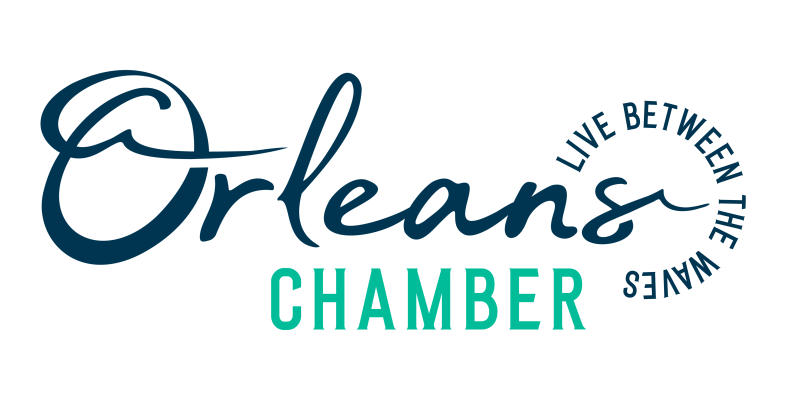No one ever really explains how momentum works in business—how it feels like a wind at your back one year, then a wall the next. Growth doesn’t happen in a straight line, and it rarely follows a tidy blueprint. The path is jagged, sometimes circular, always unpredictable. But certain strategies do emerge as more useful at different phases of development, like tools made for specific kinds of terrain. Understanding when to scale, pause, pivot, or dig in becomes not just an advantage, but a survival skill.
Starting with Edges, Not Centers
At the earliest stages, growth isn't about launching big; it's about testing sharp. New businesses benefit from finding an edge—some underserved angle, unusual application, or specific customer base. This isn't the time for mass appeal; it's the time to obsess over small data sets and real feedback from real people. The best early growth plays come from leaning into the weird, the niche, or the overlooked—because that’s where attention lives before scale catches on. The edge becomes the foothold, and only later, the center.
Traction Is Not Scale, and That’s a Good Thing
Once a business starts picking up traction, there's a temptation to rush the scaling process. But traction and scale are not synonymous—and confusing the two can smother potential. This is the moment to stabilize operations, shore up what’s working, and fix what’s not before multiplying the chaos. Businesses that slow down here often leap further later, because they’ve done the invisible work: codifying processes, tightening up the customer journey, and building teams that can do more than just survive a growth spurt. Patience here isn’t hesitation; it’s architecture.
Chaos Doesn’t Scale—But Clean Records Do
Keeping your business and financial records organized isn't just about tidiness; it's about survival when the stakes rise. When invoices, contracts, and tax documents are up-to-date and instantly accessible, you remove friction from every major decision—from funding conversations to audits. Saving these records as PDFs preserves formatting, makes files easier to share, and ensures long-term compatibility across devices. And when updates are needed, a PDF editor lets you make changes directly without the hassle of converting file types—here's a solution that streamlines efficiency and preserves peace of mind.
Mid-Stage Growth Demands an External Lens
When a company sits in that middle tier—profitable but not dominant—it becomes dangerously easy to turn inward. Meetings multiply. Culture calcifies. What once felt innovative now feels routine. The companies that punch through this ceiling often do so by actively looking outward: studying competitors, soliciting customer criticism, or exploring international markets. They borrow ideas, adopt tools from other industries, and recruit people who haven’t grown up in the system. They keep curiosity alive—and curiosity is growth’s favorite fuel.
When Complexity Outpaces Clarity
Rapid expansion introduces a new challenge: everything gets more complicated. Departments layer over each other. Leadership gets diluted. Communication breaks down. This is the point when businesses need to trade speed for clarity. That doesn’t mean slowing down the vision—but rather sharpening the focus. The teams that keep their edges—who know exactly what they’re building and for whom—are the ones who navigate complexity without drowning in it. Clarity becomes a defensive strategy against entropy.
Legacy Isn’t a Phase, It’s a Threat
Ironically, companies that have been around long enough to be considered stable often face the biggest growth risk: becoming irrelevant. Legacy isn’t a status—it’s a weight. Too many businesses treat success as an end state rather than a platform, and fail to reinvest in innovation, people, or uncomfortable questions. Those who keep growing past the point when they "shouldn’t have to" usually maintain a kind of productive restlessness. They hire disrupters, revisit assumptions, and chase impact instead of just defending market share.
Growth Without the Grind: The Role of Regeneration
Every growth phase, no matter how successful, comes with costs—fatigue, missteps, strategic debt. There’s power in the pause. Regenerative strategies, where companies take stock, cut back, reimagine, and refuel, don’t always look like growth from the outside. But these quiet rebuilds often precede the next wave. Whether it’s resetting company culture, sunsetting underperforming products, or giving teams time to explore ideas that don't need to ship next quarter, these moments build resilience. Growth is louder than ever in today’s market—but regeneration ensures it’s not the last thing heard.
Growth is not a single arc—it’s a set of movements, each with its own rhythm and rules. The businesses that grow sustainably tend to be the ones that treat growth not as a goal, but as a set of habits. They respond to context. They resist easy answers. And perhaps most importantly, they recognize that different stages ask for different forms of courage. There’s a kind of genius in knowing when to chase, when to change, and when to breathe.
Discover the charm and vitality of Orleans by visiting the Orleans Chamber of Commerce, where you can explore local events, dining, shopping, and more to experience the true essence of Cape Cod!
This Hot Deal is promoted by Orleans Chamber of Commerce, Inc..

